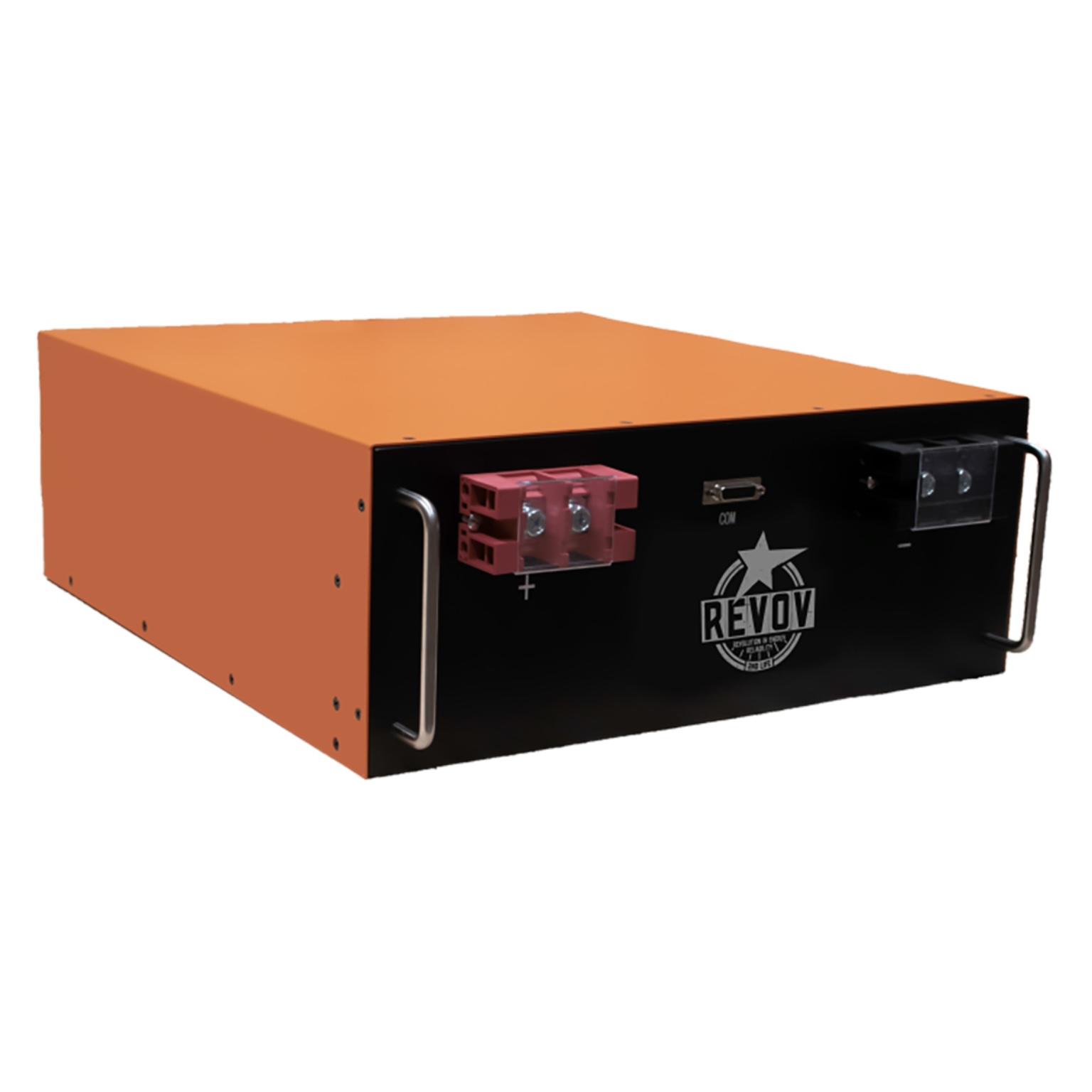Featured
Energy storage in 2021: second life goes mainstream
Demand in South Africa for energy storage batteries has increased over the past few years as an insecure power grid has led to more uninterrupted power supply systems (UPS) being installed, while a concerted move towards renewable energy has driven demand for storage batteries even higher.
Covid-19 knocked the local economy, but the inevitable recovery – either earlier in 2021 or later, depending on the second wave’s impact, is likely to put increased pressure on the national power grid, meaning storage battery demand is likely to surge.
Revov sells lithium-ion batteries throughout Southern Africa and is known for its innovative second life (2nd LiFe) project – the repurposing of used electric vehicle (EV) batteries into high quality storage batteries with a lifespan of 10 to 15 years. EV batteries are replaced every few years, with the discarded batteries largely dumped into landfills. The cells from these discarded batteries are perfect candidates to be repurposed into storage batteries.
2nd LiFe batteries provide a proactive solution to thousands of tons of discarded EV batteries destined for landfills. However, just as important, it allows the proliferation of energy storage batteries with lithium-ion performance, without putting further strain on the environment – such as increasing demand on mines and international trade routes.
In order to be able to build the highest quality batteries and keep up with surging demand, Revov Batteries and Louw & Company have structured a R20-million investment.
Battery storage industry is likely to see some notable trends in 2021:
- 2nd LiFe will continue to grow
This growth will undoubtedly be brought about through availability of another 1 to 1.5 GWh of 2nd LiFe batteries coming to the market at a continually reduced cost to the end user. Most will be sourced from China but the supply base will broaden as some of the new manufacturers start to have additional availability.
It’s hard to argue against a concerted shift to environmentally responsible behaviour, especially as South Africa’s government has committed to upscaling renewable energy in the country’s energy mix. Renewable energy needs battery backup for continual power.
- 2nd LiFe will disrupt entrenched storage sub-industries
2nd LiFe energy storage systems will really start to interfere in the lead, AGM and gel battery industry as prices continue to come down for the end user.
Using 2nd LiFe in solutions as opposed to just “dropping” boxes will start to gain momentum as the market begins to see the benefit and reliability.
The co-founder, Felix von Bormann, says while the instinct of some would be to see these repurposed batteries as soiled, or worn-out goods, the opposite is true. He says businesses and households want performance just as much as they may want to save the environment.
“All our data points to EV cells boasting superior energy storage performance,” he says. “Automotive cells are built to tolerate higher temperatures, current and vibration during operation before damage starts occurring.”
When an EV Battery is repurposed into a stationary storage application, lower demand from a current and temperature point of view translates into longer life expectancy.
- Less complex systems will lower barrier to entry
The requirement for less complex systems and smaller systems will lower the entry barrier and start to open battery storage as a viable alternative.
Revov has also noted growing demand in the intermediate space, or for mini grids. These are solutions around the 50 – 150 kVA/ 150 – 400 kWh containerised or bespoke systems, which allow for a roughly 30% reduction of cost to the end user.
All-in-one residential systems, which Revov has started to manufacture, will simplify the installation and maintenance process and translate into reduced cost and improved performance.
- An increase in demand for electricity
Covid-19 has spiked, with the health department declaring that the country is in a second wave, meaning there will be prolonged disruptions to the economy. This makes predicting the timing of a rebound in the manufacturing sector more difficult. However, when the sector does rebound there will be an increase in demand for electricity and, with it, the inevitable overloading of the grid, loadshedding and outages. This manufacturing rebound is a matter of when, not if
Share
- Click to share on Twitter (Opens in new window)
- Click to share on Facebook (Opens in new window)
- Click to share on LinkedIn (Opens in new window)
- Click to email a link to a friend (Opens in new window)
- Click to share on Reddit (Opens in new window)
- Click to share on WhatsApp (Opens in new window)
- Click to share on Pinterest (Opens in new window)
| Thank you for Signing Up |

















